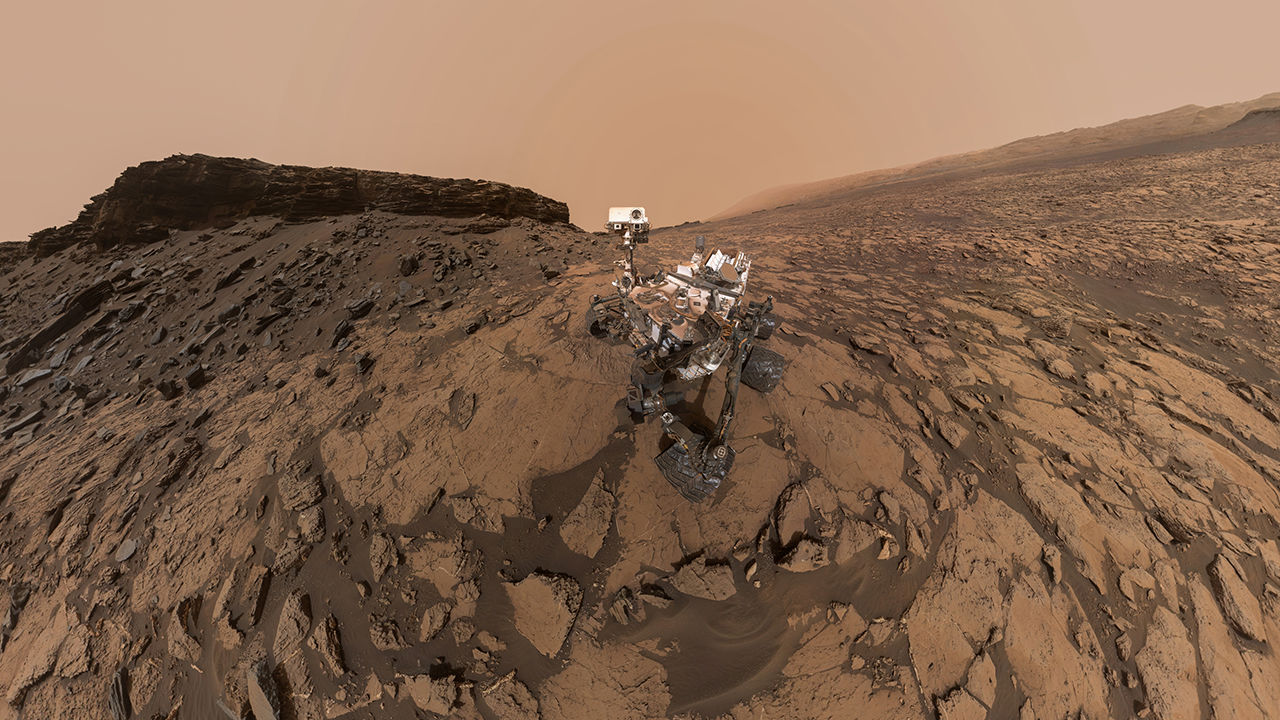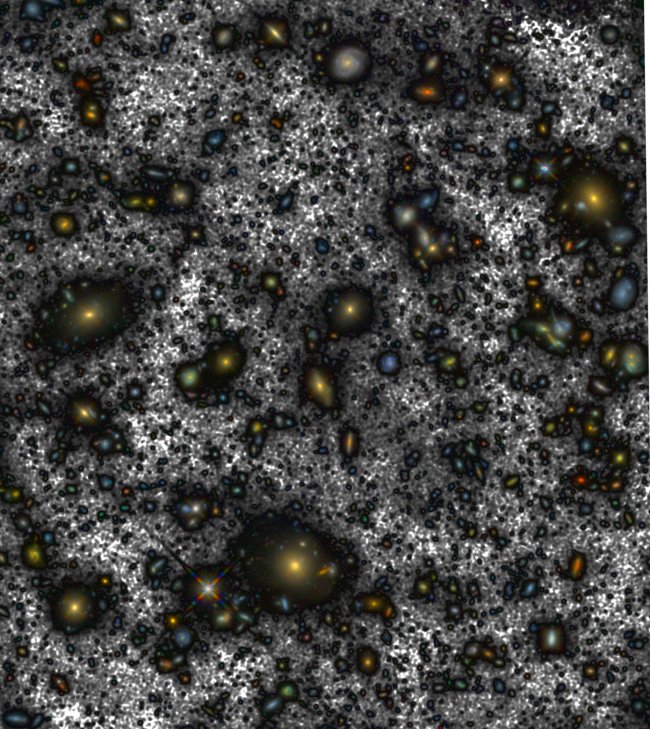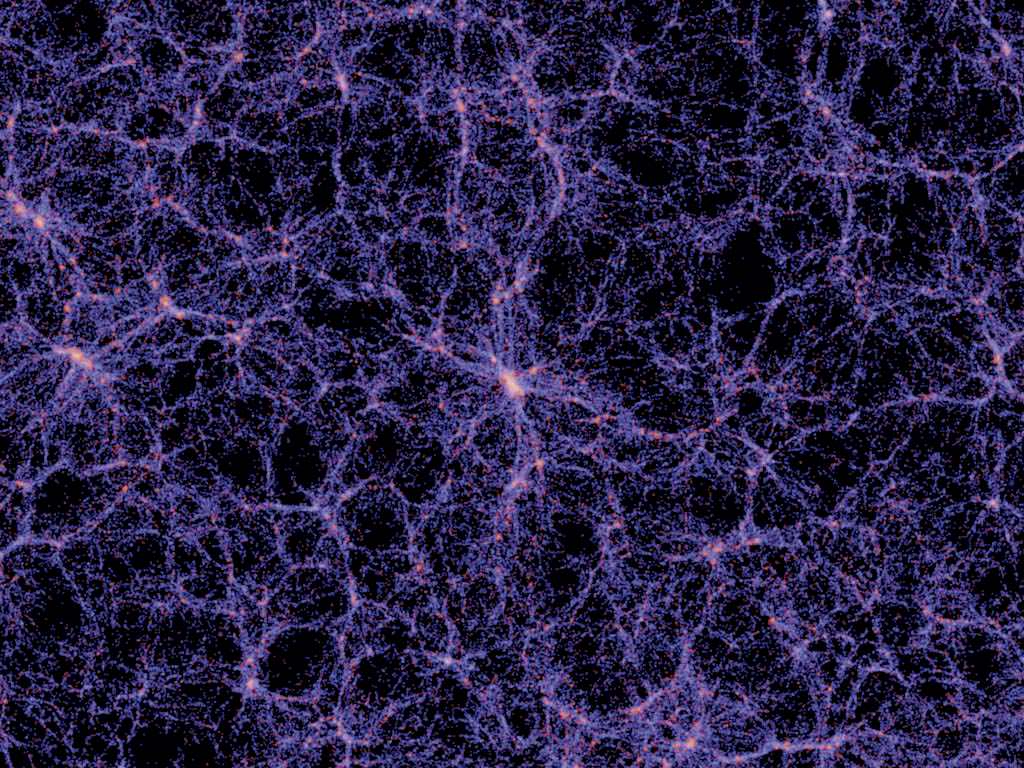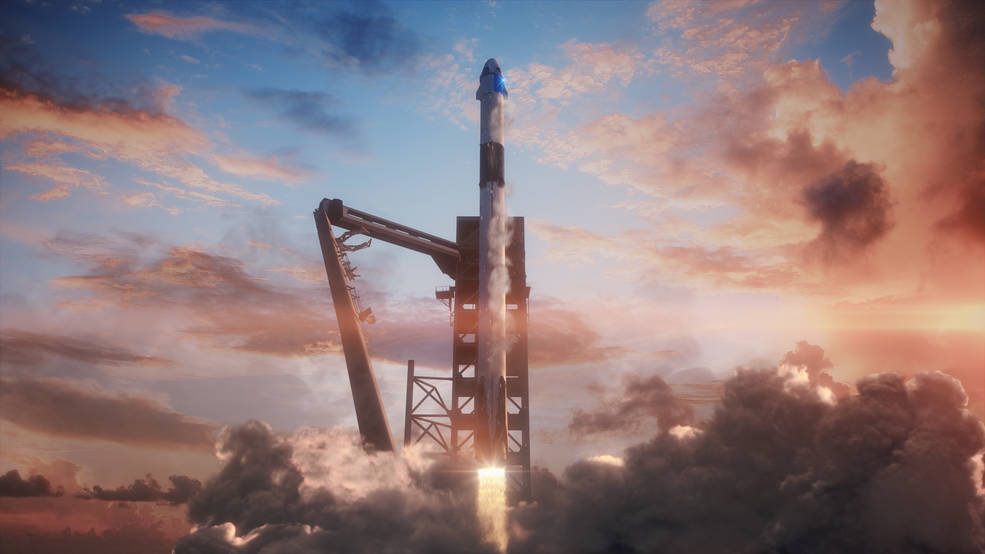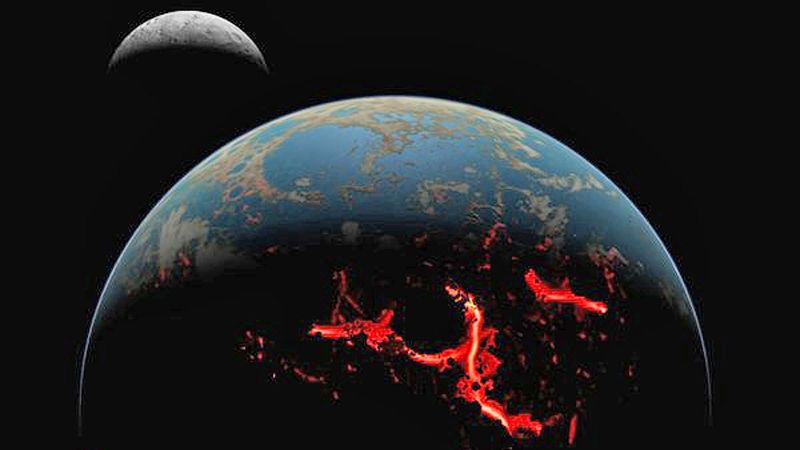Some very clever people have figured out how to use MSL Curiosity’s navigation sensors to measure the gravity of a Martian mountain. What they’ve found contradicts previous thinking about Aeolis Mons, aka Mt. Sharp. Aeolis Mons is a mountain in the center of Gale Crater, Curiosity’s landing site in 2012.
Gale Crater is a huge impact crater that’s 154 km (96 mi) in diameter and about 3.5 billion years old. In the center is Aeolis Mons, a mountain about 5.5 km (18,000 ft) high. Over an approximately 2 billion year period, sediments were deposited either by water, wind, or both, creating the mountain. Subsequent erosion reduced the mountain to its current form.
Now a new paper published in Science, based on gravity measurements from Curiosity, shows that Aeolis Mons’ bedrock layers are not as dense as once thought.
Continue reading “NASA used Curiosity’s Sensors to Measure the Gravity of a Mountain on Mars”
